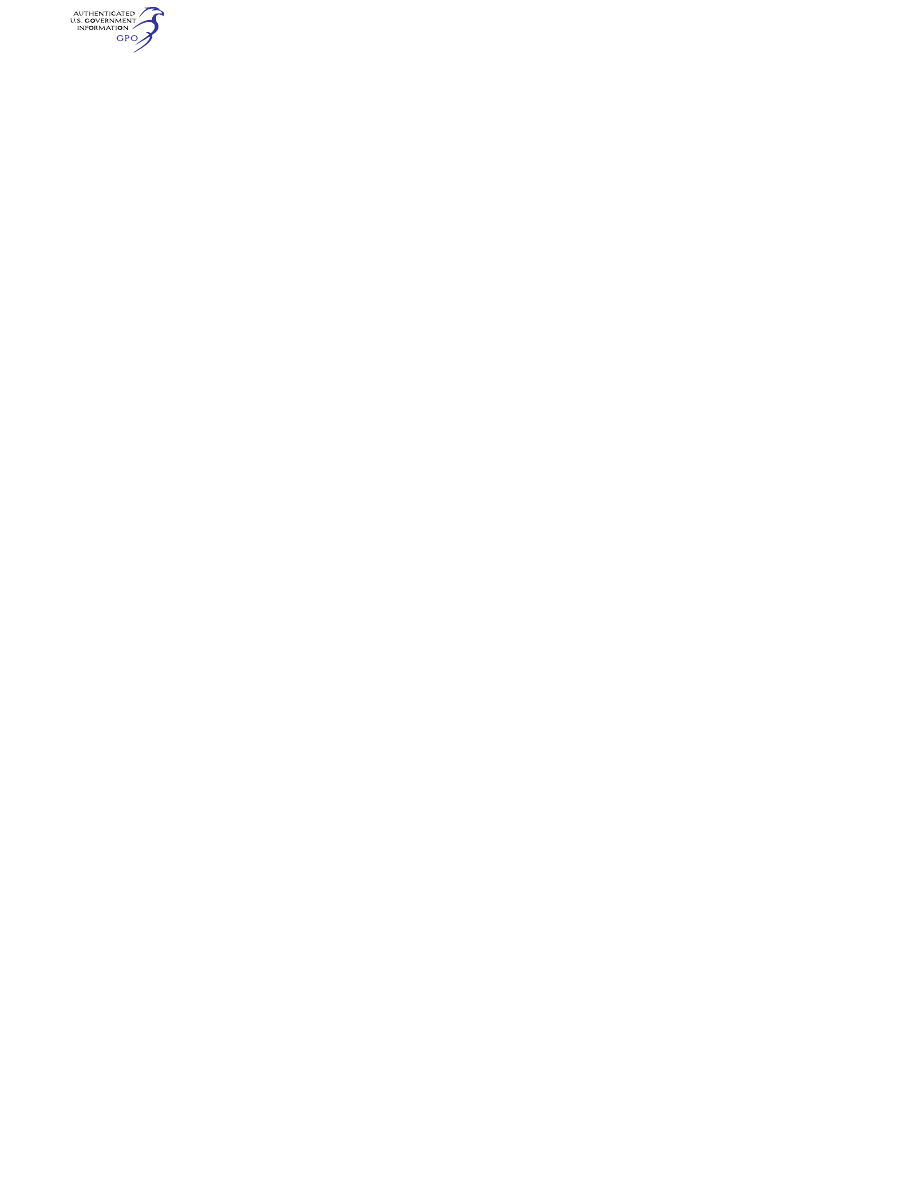
659
Federal Aviation Administration, DOT
§ 29.1329
outside atmosphere through an appro-
priate piping system.
(b) Each vent must be located where
its orifices are least affected by airflow
variation, moisture, or foreign matter.
(c) Each static pressure port must be
designed and located in such manner
that the correlation between air pres-
sure in the static pressure system and
true ambient atmospheric static pres-
sure is not altered when the rotorcraft
encounters icing conditions. An anti-
icing means or an alternate source of
static pressure may be used in showing
compliance with this requirement. If
the reading of the altimeter, when on
the alternate static pressure system,
differs from the reading of altimeter
when on the primary static system by
more than 50 feet, a correction card
must be provided for the alternate
static system.
(d) Except for the vent into the at-
mosphere, each system must be air-
tight.
(e) Each pressure altimeter must be
approved and calibrated to indicate
pressure altitude in a standard atmos-
phere with a minimum practicable
calibration error when the cor-
responding static pressures are applied.
(f) Each system must be designed and
installed so that an error in indicated
pressure altitude, at sea level, with a
standard atmosphere, excluding instru-
ment calibration error, does not result
in an error of more than
±
30 feet per 100
knots speed. However, the error need
not be less than
±
30 feet.
(g) Except as provided in paragraph
(h) of this section, if the static pressure
system incorporates both a primary
and an alternate static pressure source,
the means for selecting one or the
other source must be designed so
that—
(1) When either source is selected, the
other is blocked off; and
(2) Both sources cannot be blocked
off simultaneously.
(h) For unpressurized rotorcraft,
paragraph (g)(1) of this section does not
apply if it can be demonstrated that
the static pressure system calibration,
when either static pressure source is
selected, is not changed by the other
static pressure source being open or
blocked.
(Secs. 313(a), 601, 603, 604, and 605 of the Fed-
eral Aviation Act of 1958 (49 U.S.C. 1354(a),
1421, 1423, 1424, and 1425); and sec. 6(c), Dept.
of Transportation Act (49 U.S.C. 1655(c)))
[Doc. No. 5084, 29 FR 16150, Dec. 3, 1964, as
amended by Amdt. 29–14, 42 FR 36972, July 18,
1977; Amdt. 29–24, 49 FR 44439, Nov. 6, 1984]
§ 29.1327
Magnetic direction indicator.
(a) Each magnetic direction indicator
must be installed so that its accuracy
is not excessively affected by the
rotorcraft’s vibration or magnetic
fields.
(b) The compensated installation
may not have a deviation, in level
flight, greater than 10 degrees on any
heading.
§ 29.1329
Automatic pilot and flight
guidance system.
For the purpose of this subpart, an
automatic pilot and flight guidance
system may consist of an autopilot,
flight director, or a component that
interacts with stability augmentation
or trim.
(a) Each automatic pilot and flight
guidance system must be designed so
that it:
(1) Can be overpowered by one pilot
to allow control of the rotorcraft;
(2) Provides a means to disengage the
system, or any malfunctioning compo-
nent of the system, by each pilot to
prevent it from interfering with the
control of the rotorcraft; and
(3) Provides a means to indicate to
the flight crew its current mode of op-
eration. Selector switch position is not
acceptable as a means of indication.
(b) Unless there is automatic syn-
chronization, each system must have a
means to readily indicate to the pilot
the alignment of the actuating device
in relation to the control system it op-
erates.
(c) Each manually operated control
for the system’s operation must be
readily accessible to the pilots.
(d) The system must be designed so
that, within the range of adjustment
available to the pilot, it cannot
produce hazardous loads on the rotor-
craft, or create hazardous deviations in
the flight path, under any flight condi-
tion appropriate to its use or in the
VerDate Sep<11>2014
09:06 Jun 28, 2024
Jkt 262046
PO 00000
Frm 00669
Fmt 8010
Sfmt 8010
Y:\SGML\262046.XXX
262046
jspears on DSK121TN23PROD with CFR